1. The kitchen wall phone with the curly cord ruled the house.
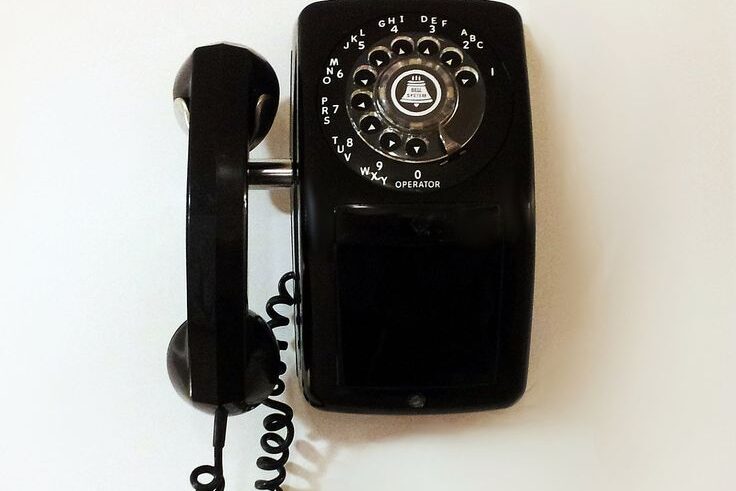
Every family had one in the busiest room, and it became the heart of communication. Conversations stretched across dinner tables, cords tangled around chairs, and there was little to no privacy. The phone wasn’t just a tool, it was furniture, a fixture that belonged as much as the fridge or stove. It was background noise to homework, sibling quarrels, and Mom’s recipes. The curly cord stretched and snapped back like elastic, holding stories in its coils. That wall phone defined the rhythm of family life, a reminder that home was never too quiet to be connected.
2. Rotary dials made calling a slow art.
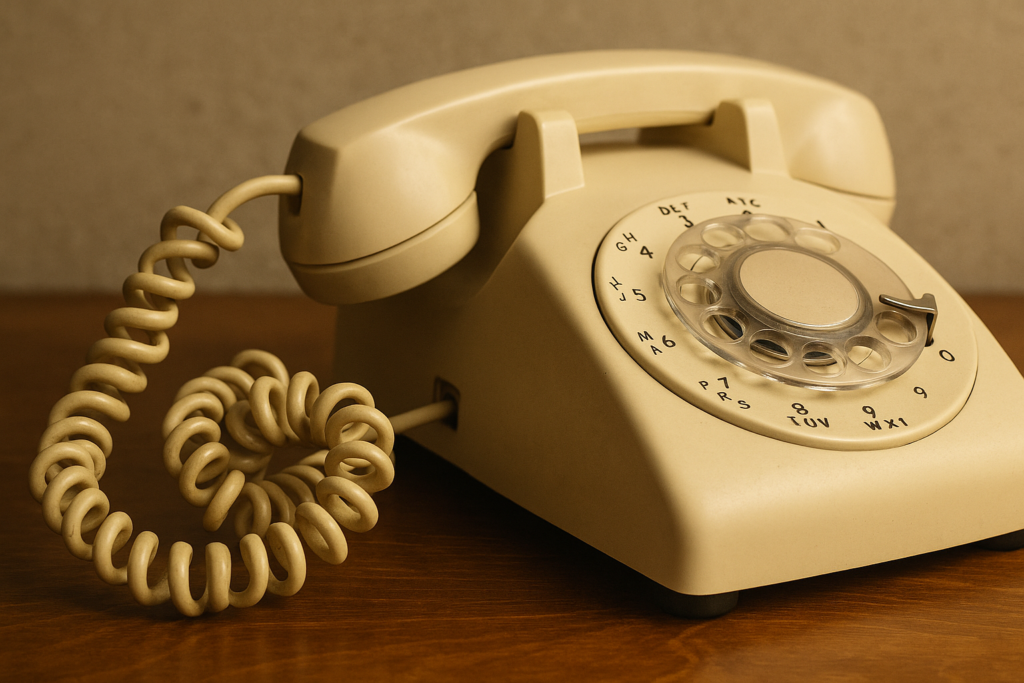
Each call started with patience. You placed your finger in the hole of the number, spun it around, and waited as it clicked back into place. The process had its own rhythm, mechanical and steady. Kids often spun the dial just for the fun of hearing it tick. Adults, though, learned endurance, especially when misdialing meant starting over. There was no rushing through it, no shortcuts to speed up. The rotary dial forced everyone to take their time, turning a simple call into an intentional moment where slowness was part of the experience.
3. Touch tone dialing felt space age.
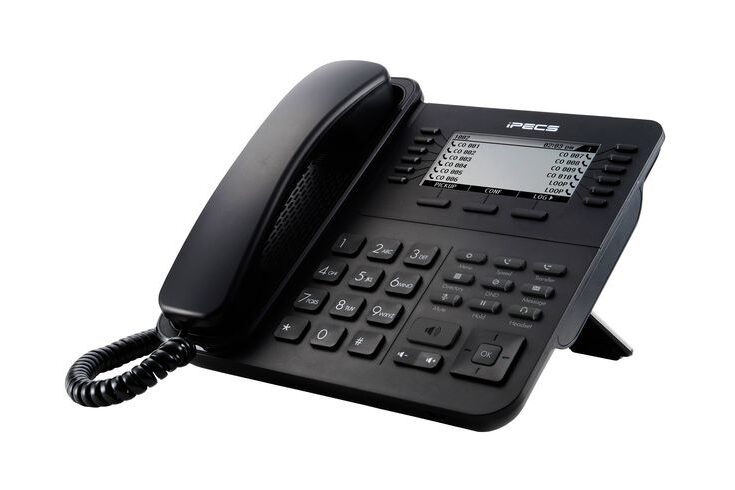
When push button phones came along, they felt like a leap into the future. Each press produced cheerful beeps, a sound that made calls feel faster and sleeker. Kids loved pressing random combinations, playing songs, they thought they invented. For families, it meant fewer mistakes and a sense of sophistication. Suddenly the house phone wasn’t just functional, it was stylish. It carried an air of modern convenience, transforming the way people interacted with technology. Touch tone dialing felt like progress in real time, a small but exciting step toward a world that was quickly changing.
4. The busy signal tested everyone’s patience.
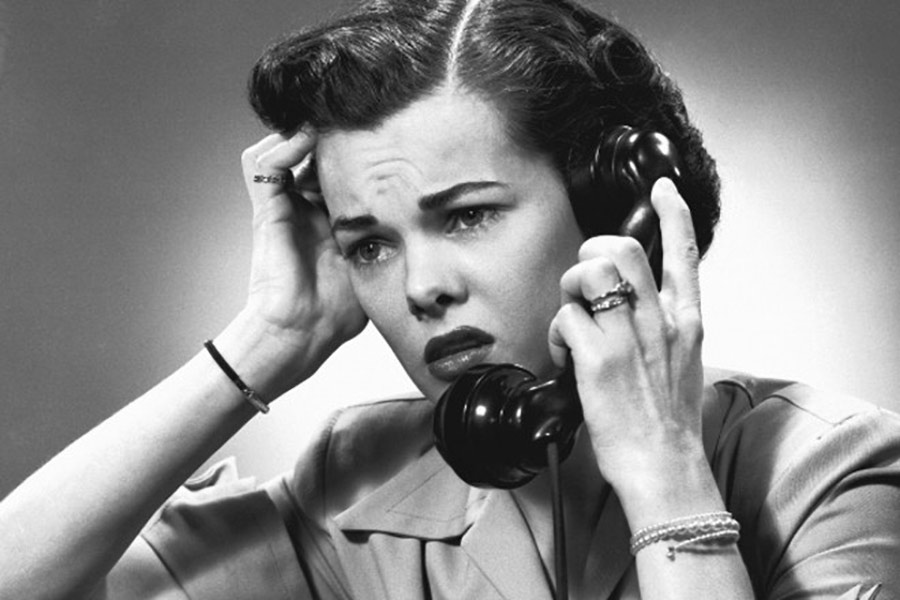
Few sounds were as instantly frustrating as the beep beep beep of a busy line. Before call waiting, making a phone call was always a gamble, and sometimes the person you needed was unreachable. Friends would hang up in disappointment, siblings would shout across rooms demanding the phone, and parents insisted on keeping calls short. That repeated tone was universal, recognized in every household. It wasn’t just a sound, it was an interruption that shaped moods. The busy signal taught patience, disappointment, and persistence, turning every dial into a lesson in waiting.
5. Caller ID made calls less mysterious.
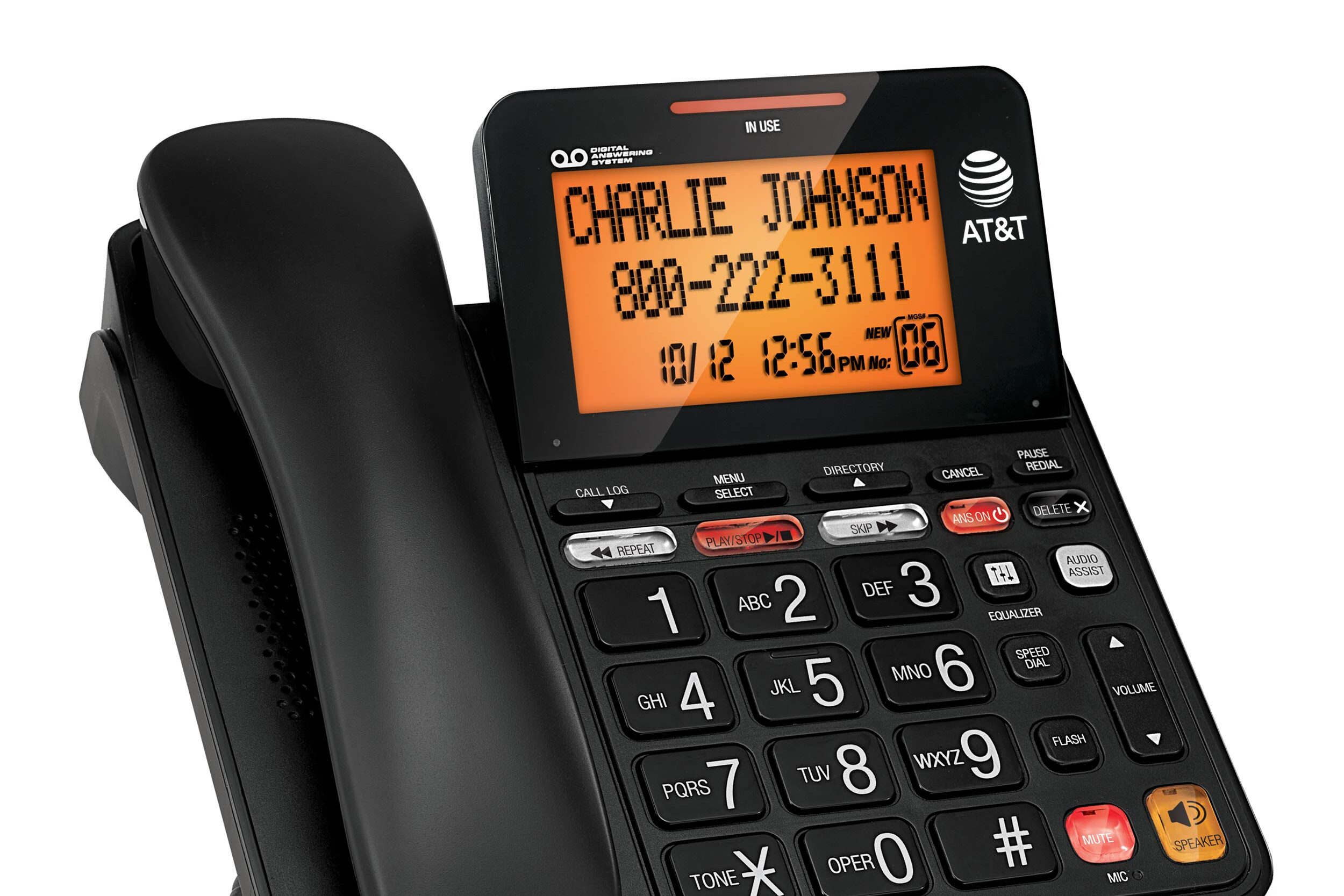
When caller ID boxes appeared with their glowing little screens, it felt like the curtain had been pulled back. Suddenly you could see exactly who was calling before you picked up, and that changed everything. Prank calls slowed, telemarketers were easy to ignore, and crushes were instantly recognized. For the first time, households had the power to choose when to answer and when to let it ring. Caller ID shifted the phone from unpredictable to manageable, turning surprise into control, and giving families a tool that quietly changed the way they connected each day.
6. Party lines turned phones into shared gossip.

In smaller towns and rural areas, party lines were a strange mix of convenience and chaos. Multiple families shared one line, which meant picking up the phone could drop you right into someone else’s conversation. Sometimes people stayed quiet and listened, sometimes they jumped in, and sometimes they got scolded for hogging the line. It was nosy, messy, and unintentionally social, almost like eavesdropping in a diner. For kids it was hilarious, for adults it was frustrating, but for everyone it was proof that phones were as much about community as they were about communication.
7. Keeping a dime in your pocket was survival.
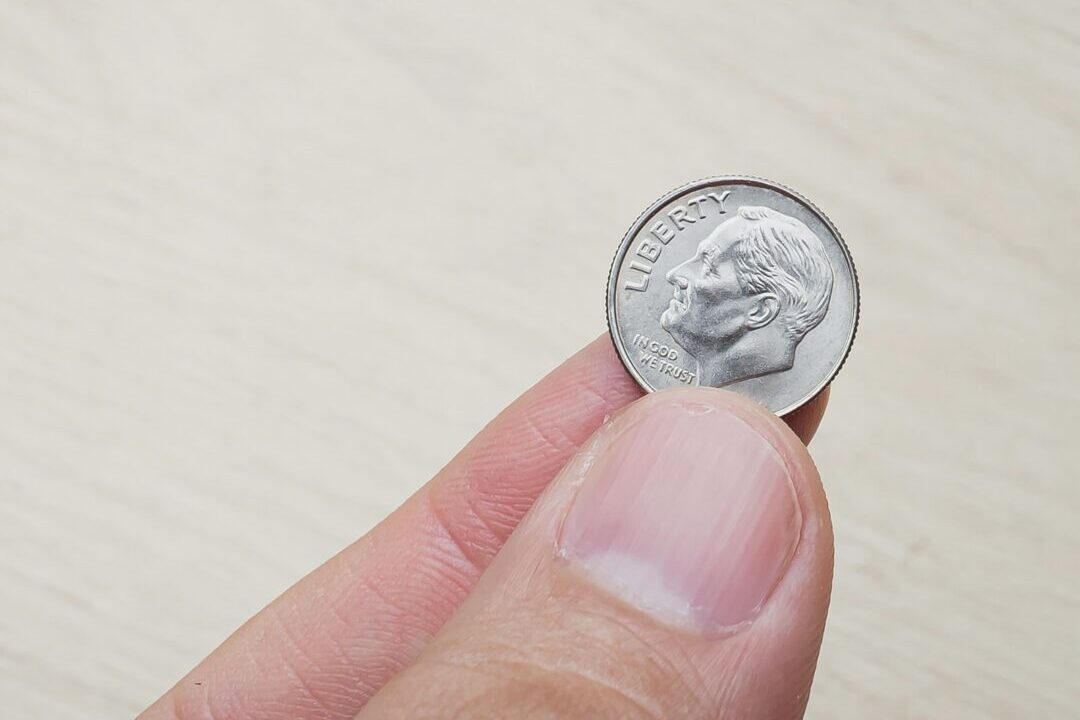
Before payphones raised their prices, a dime was all you needed to connect to home. Parents insisted kids keep one tucked away at all times, usually in a pocket or shoe. That tiny coin became a lifeline, the insurance policy for safety or reassurance. Whether you needed to call after a movie, ask for a ride, or reach out in an emergency, ten cents could save the day. It wasn’t just money, it was peace of mind, and families trusted that one small coin would always keep the lines of communication open when it mattered most.
8. Payphones dotted every corner.
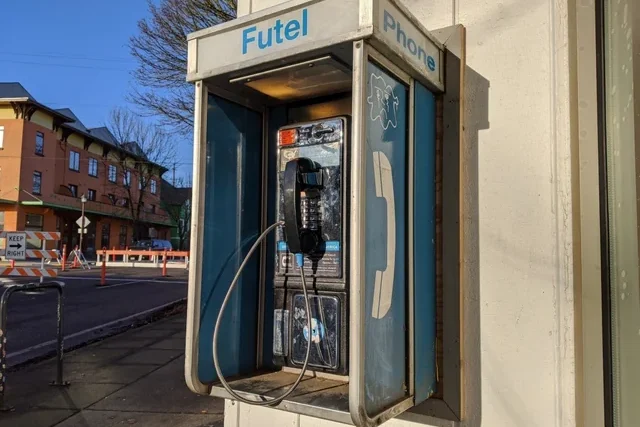
Gas stations, grocery stores, malls, and airports all had payphones, and they stood like sentinels of independence. Sliding into a booth, pulling the door closed, and dropping coins in made people feel important. The smell was a mix of gum, cigarettes, and cleaning spray, but no one cared because it was access to the world. Teens used them to call friends, travelers relied on them to check in, and strangers made quick calls in passing. Payphones symbolized connection on the go, long before cell phones existed, and their presence gave everyone a sense of freedom.
9. The panic of running out of change was real.
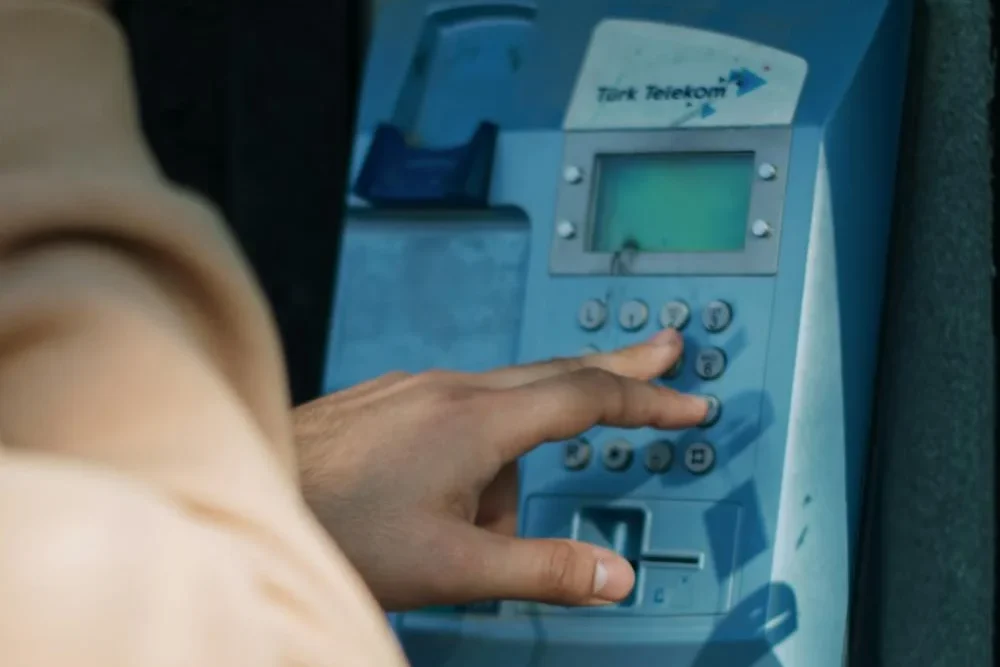
Payphones had no mercy. If you ran out of coins mid call, the line cut off with no warning, leaving conversations unfinished. Teens scrambled to find another quarter, sometimes begging strangers for spare change just to finish a sentence. The tension of watching seconds tick away made every word feel precious. Some learned to talk faster, others simply accepted the sudden silence. That feeling of being cut off lingered, a reminder that communication always had a price. The panic was universal, making spare change as valuable as the conversations themselves.
10. Collect calls became secret codes.
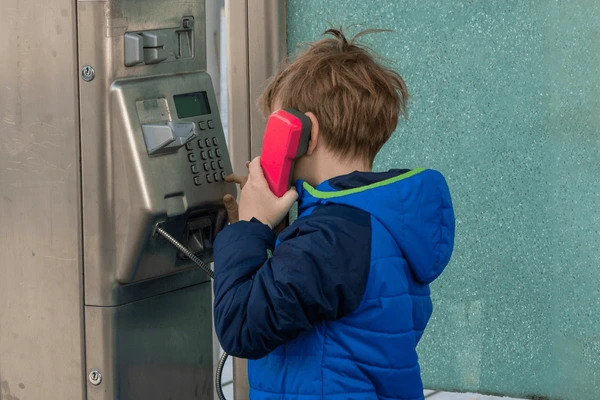
There was an art to making a collect call without ever paying for it. Kids discovered they could sneak messages into the operator’s request: “Will you accept the charges from Mom come get me?” Families would hang up before the charges went through, having already heard what mattered. It was clever, a little rebellious, and proof that even the strictest systems could be worked around. Collect calls became both a tool and a game, carrying hidden codes between parents and kids, all without spending a dime.
11. Answering machines brought voicemail to the kitchen.
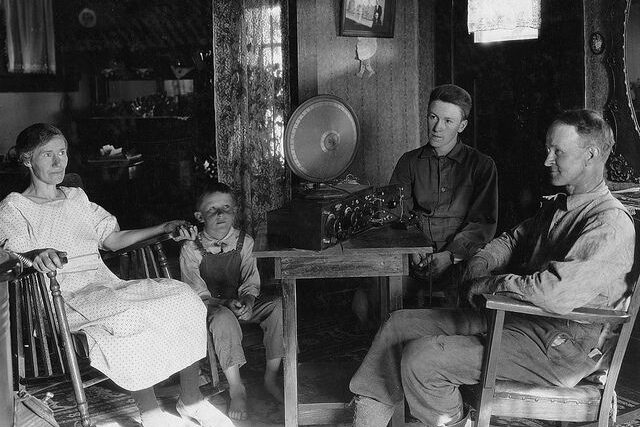
Before smartphones and apps, messages were captured on tiny cassette tapes inside answering machines. Families gathered to press play, listening as the room filled with voices they had missed. Sometimes the tape cut off too soon, sometimes someone rewound too far, and sometimes the whole family laughed together at a funny message. It turned absence into shared entertainment. The answering machine wasn’t just about convenience; it was a window into missed moments. Hearing voices recorded for later made distance feel smaller and brought connection back into the house at the touch of a button.
12. Novelty answering machine greetings were a craze.
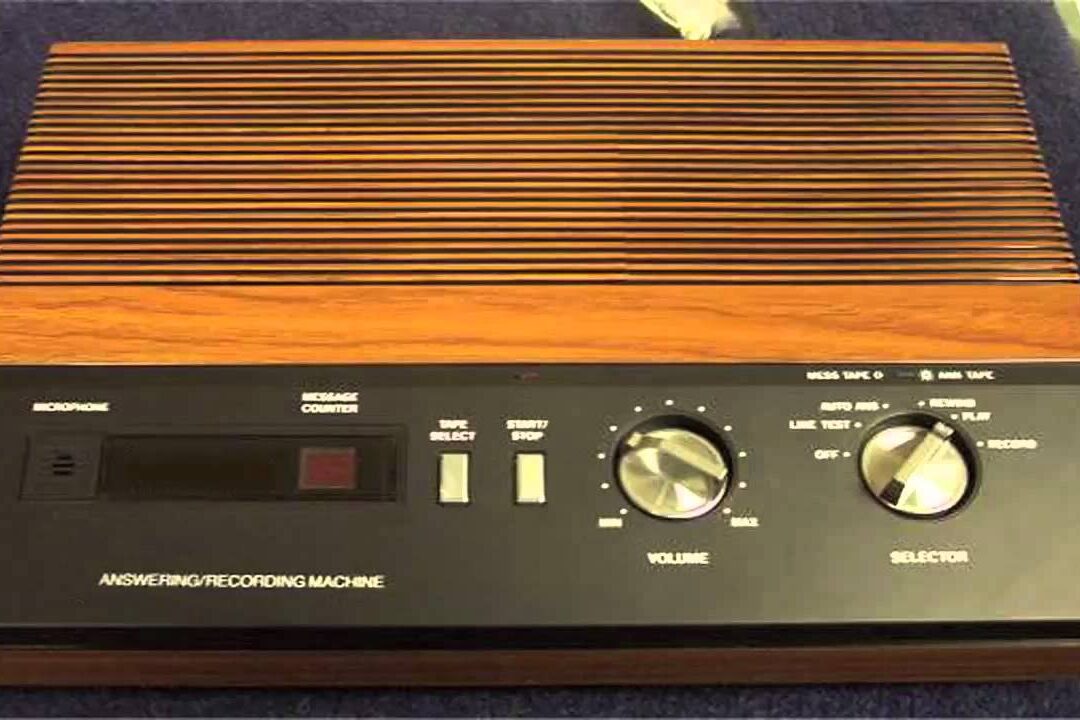
Entire households got creative with their outgoing messages. Some recorded silly skits, others sang short songs, and a few tried celebrity impressions. It became a kind of performance art, a playful way to welcome whoever was calling. Kids especially loved coming up with funny scripts that confused friends and embarrassed parents. Sometimes it went too far, like when Grandma called and scolded about wasting tape. But in those years, answering machines turned into a stage, letting families express humor and personality long before social media existed to capture every joke.
13. Long distance calls were rationed like gold.
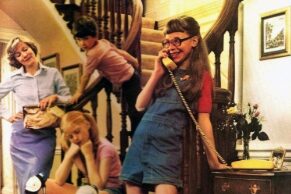
Every minute came with a price, and families treated those minutes like treasure. Parents kept calls short, often waiting until evenings for cheaper rates, while kids learned to get their words out fast. Relatives overseas or across the country felt impossibly far away, and bills at the end of the month could spark dread or arguments. People counted down the seconds, ending conversations with abrupt goodbyes. Long distance calling was both precious and stressful, making every chat memorable, and every bill a reminder of how costly staying connected could really be.
14. Phone books were thick as bricks.
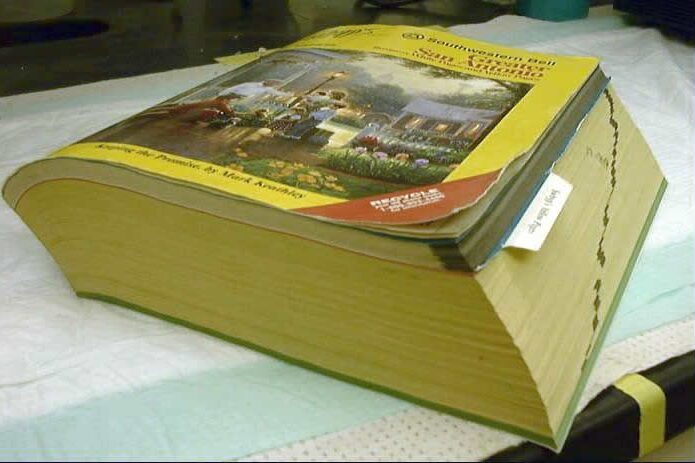
Once a year, a massive book landed on porches, stuffed with names, addresses, and numbers. Families flipped through its white pages for neighbors, yellow pages for businesses, and kids tore it apart for prank calls. The sound of pages flipping was a household ritual, part of daily life. For adults it was essential, for kids it was a tool for mischief, and for everyone it was heavy enough to double as a doorstop. The phone book was more than a directory, it was a snapshot of community, sitting proudly beside the house phone.
15. Emergency numbers were taped beside the phone.
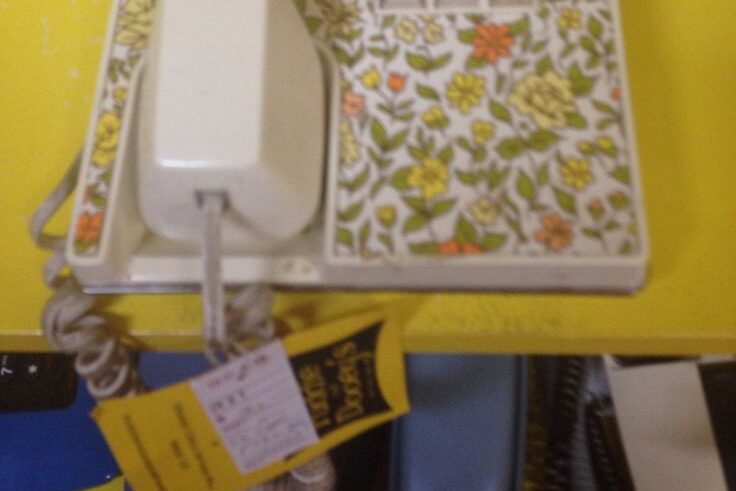
Doctor, plumber, police, fire department, and Grandma were all scribbled on a slip of paper taped right next to the landline. That little list was sacred, a lifeline during moments of panic. Kids memorized the most important ones the way they memorized multiplication tables. Parents trusted that anyone, even a child, could pick up the receiver and know exactly who to call. It was simple, practical, and deeply reassuring. In a world without contacts saved in phones, those handwritten numbers were the glue that held families steady during emergencies big and small.
16. Princess phones were the pinnacle of style.
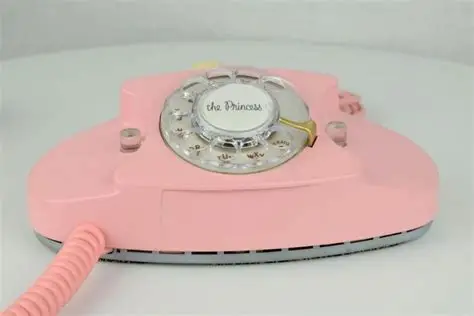
Slim, curvy, and often pastel, princess phones were the dream accessory for teenagers. They graced bedrooms like treasures, making any space feel grown up and glamorous. Picking one up to talk to friends felt like stepping into adulthood, a moment of independence framed in soft pink or pale blue. For many teens, it wasn’t just a phone, it was a status symbol, proof you had your own space and your own line. Princess phones were more than communication, they were fashion, giving ordinary calls an extra shimmer of style and sophistication.
17. Cord untanglers promised miracles.

Families bought little plastic gadgets that screwed between the handset and the curly cord, all in the hope of avoiding endless tangles. They were supposed to spin freely and keep the cord neat, but they worked only halfway at best. Still, households tried them, desperate to solve the daily frustration of cords twisting like wild vines. Some believed they helped, others gave up entirely, but everyone agreed they were worth a try. Cord untanglers were part gadget, part hope, and part reminder that the landline’s quirks came with their own little industries.
18. Phone cords told their own stories.
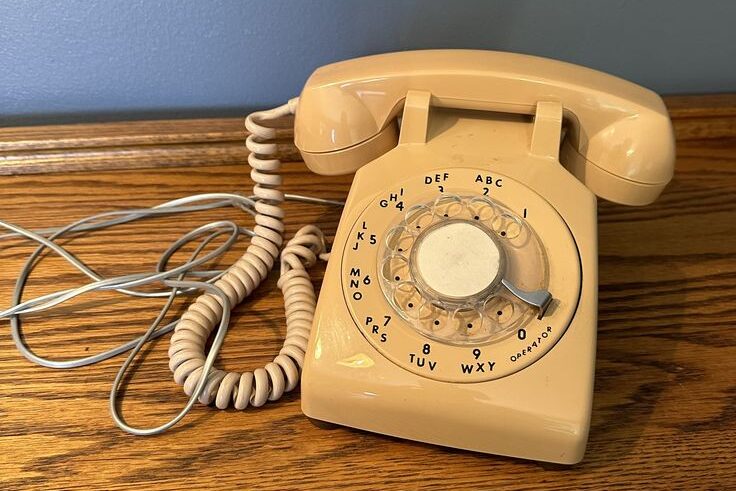
Every curly cord stretched and twisted into its own shape, a sculpture of habits and hands. Kids tied knots while they talked, parents snapped them straight in frustration, and over time they took on permanent kinks. Some cords stretched across entire rooms, thin and worn from constant pulling. Others coiled tightly, refusing to relax. Each one carried fingerprints of conversations, secrets, arguments, and laughter. Looking at them was like looking at a family’s history, preserved in plastic spirals that had been touched a thousand times during moments that mattered.
19. The phone nook was household real estate.

In many homes, the landline had its own special spot, often a little shelf or alcove called the phone nook. This corner became command central, cluttered with notepads, pens, calendars, and the famous emergency number sheet. If the phone rang, everyone knew exactly where to run. The nook wasn’t just furniture, it was a gathering point, a place where daily life paused. It held messages, memories, and countless scribbled notes. The phone nook wasn’t big or fancy, but it quietly became one of the most important spaces in the house.
20. Phone booths doubled as confessionals.
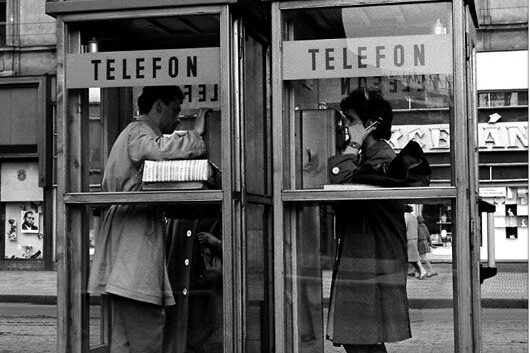
Stepping into a phone booth felt strangely private, even when it stood on a busy street corner. Teenagers whispered secrets to friends, travelers checked in with family, and sometimes strangers made important life changing calls in those little glass boxes. The folding door slammed shut with a sense of authority, declaring this was your conversation alone. For many, it was the only quiet spot in a loud world. Phone booths offered shelter and privacy, turning ordinary calls into intimate moments, even in the middle of crowded cities filled with noise and distraction.
21. Cordless phones felt like true freedom.
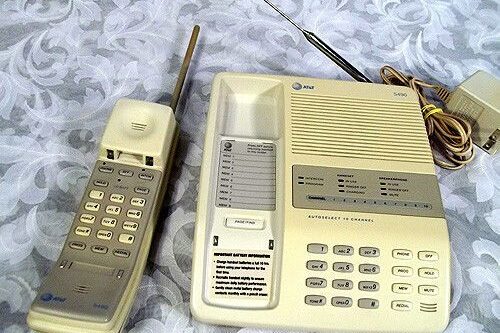
When cordless phones arrived, it was like the chains had been broken. Suddenly you could walk into the backyard, climb the stairs, or hide in your room without dragging a cord behind you. The long antennas pulled out like car radios, and the heavy handsets felt futuristic. Families marveled at the freedom to move while talking. Sure, they were bulky, and the batteries didn’t last long, but nobody cared. Cordless phones made conversations more private and relaxed, reminding everyone that mobility could change everything about the way they connected at home.
22. Star 69 was both savior and snitch.
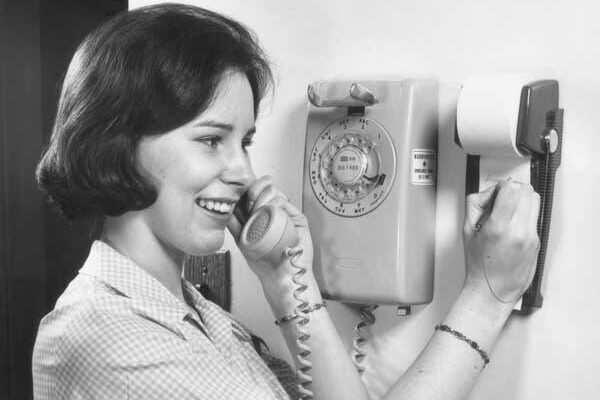
Dialing star 69 felt like unlocking a secret weapon. It instantly called back the last number, whether it was a missed connection, a telemarketer, or a prankster. Parents loved it, using it to track calls, while kids dreaded it after making mischief. The feature flipped the power dynamic of the phone, turning it into a detective. For some, it was a lifesaver, reconnecting them with someone important. For others, it was a tattletale, exposing secrets. Star 69 showed how quickly technology could shift from fun to accountability with a single button press.
23. Prank calls were peak mischief.
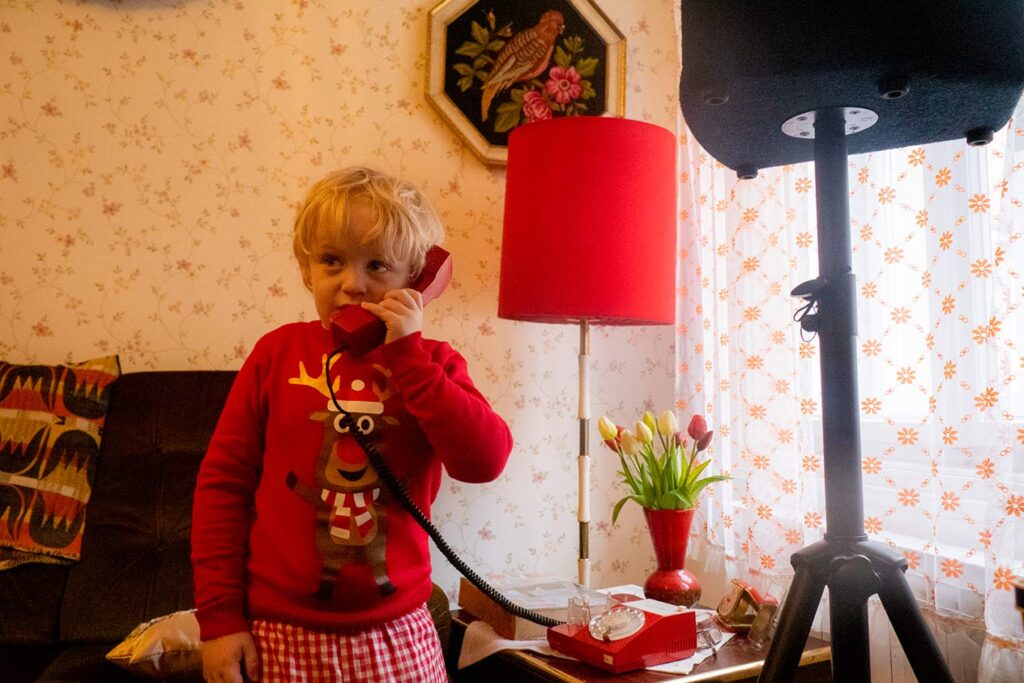
Before caller ID ruined the fun, prank calls were a childhood pastime. Kids spent afternoons dialing strangers and asking, “Is your refrigerator running?” or inventing silly questions. Sometimes it ended in laughter, sometimes in scolding, but the thrill was always there. For teenagers, it was about rebellion and curiosity, testing how far they could go. Everyone had a story of a prank call gone too far or surprisingly funny. Prank calls were a shared rite of passage, harmless entertainment that connected kids everywhere through the universal joy of simple, silly mischief.
24. The blinking 12 00 was everywhere.
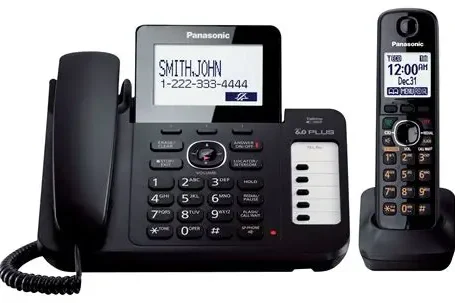
Phones with digital clocks shared the same flaw as VCRs, after a power outage they never reset properly. That relentless blinking of 12 00 mocked families from across the room. No one seemed to remember how to set it, or the y simply gave up trying. The constant flashing became part of the household background, a quiet reminder that technology still had quirks. It stood as proof that the gadgets we relied on weren’t perfect. The blinking 12 00 became an accidental symbol of the times, familiar and frustrating in equal measure.
25. Teenagers lived for late night calls.
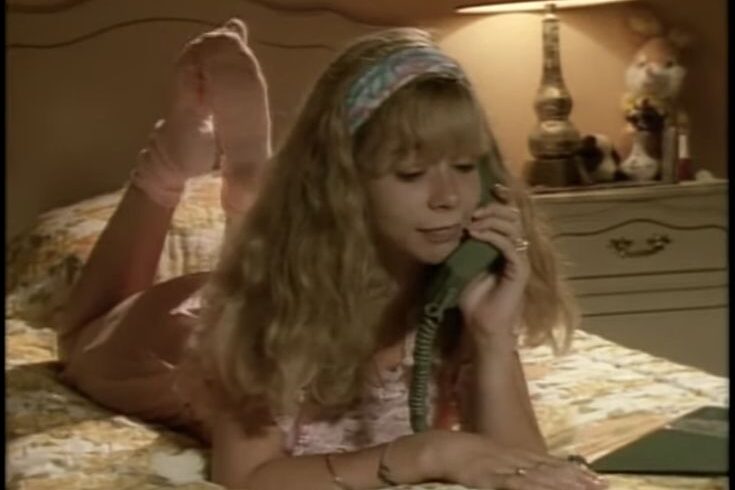
After parents believed the house was asleep, teenagers crept under blankets with the phone in hand, whispering into the receiver while cords stretched across hallways. Every conversation felt urgent, every laugh a secret. The fear of being caught only added to the excitement, turning each call into an adventure. Friends and crushes became lifelines in those quiet hours, making the world feel smaller and more personal. Late night calls weren’t just about talking, they were about growing up, pushing limits, and carving out moments of independence in a busy household.
26. Phone etiquette shaped entire generations.
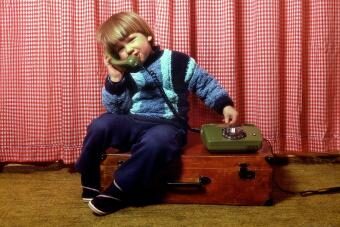
Parents drilled phone manners into kids like table rules. You answered politely, said hello clearly, never slammed the phone down, and never tied up the line too long. Breaking those rules could mean scolding or even grounding. The landline wasn’t just a tool; it was a teacher of civility. Children learned respect, patience, and courtesy through every call. Those small lessons carried into adulthood, shaping how people treated others beyond the phone. Etiquette around the landline helped raise a generation that understood communication was as much about manners as it was about words.
27. The landline was more than a machine it was the heart of home.
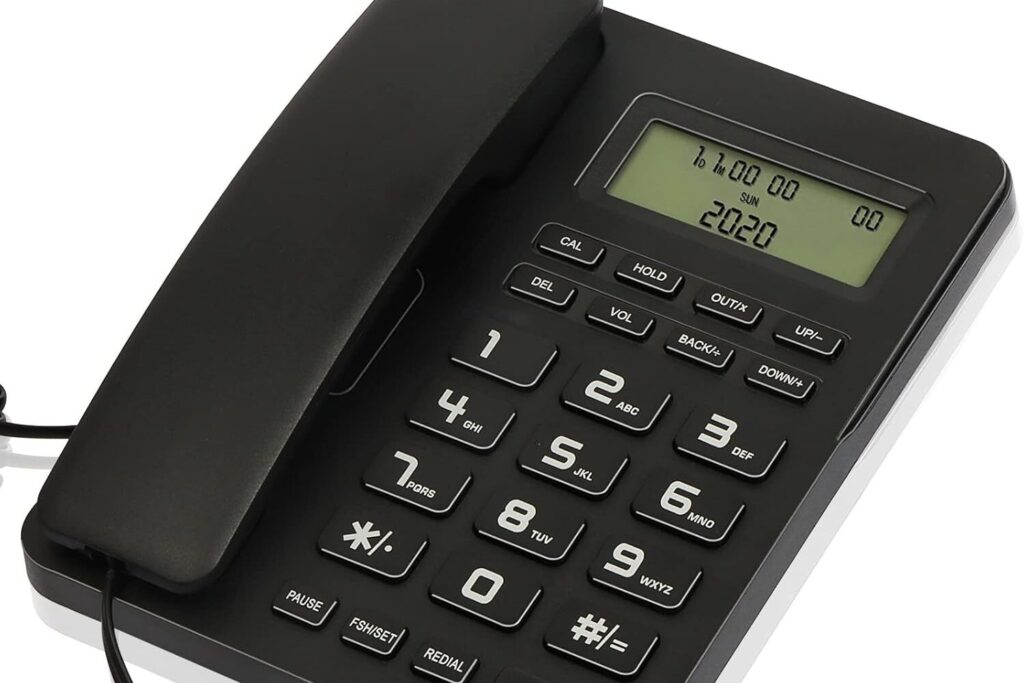
It carried conversations that mattered, gossip that traveled fast, and emergencies that brought families together. The sound of its ring, the feel of its cord, and the interruptions it caused became part of the culture of daily life. The landline wasn’t just technology, it was woven into the story of growing up, of learning patience, of finding connection. When cell phones arrived, the landline slowly faded, but its memory stayed. It symbolized an era of simpler connection, one that shaped the way families lived, loved, and communicated for decades.
This story Please Hang Up: 27 Memories from the Landline Years was first published on Daily FETCH


